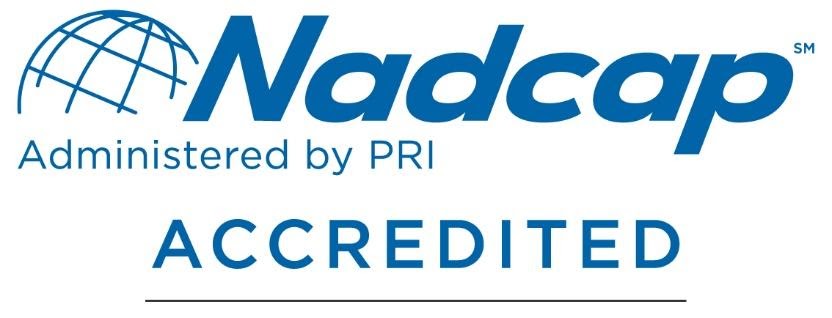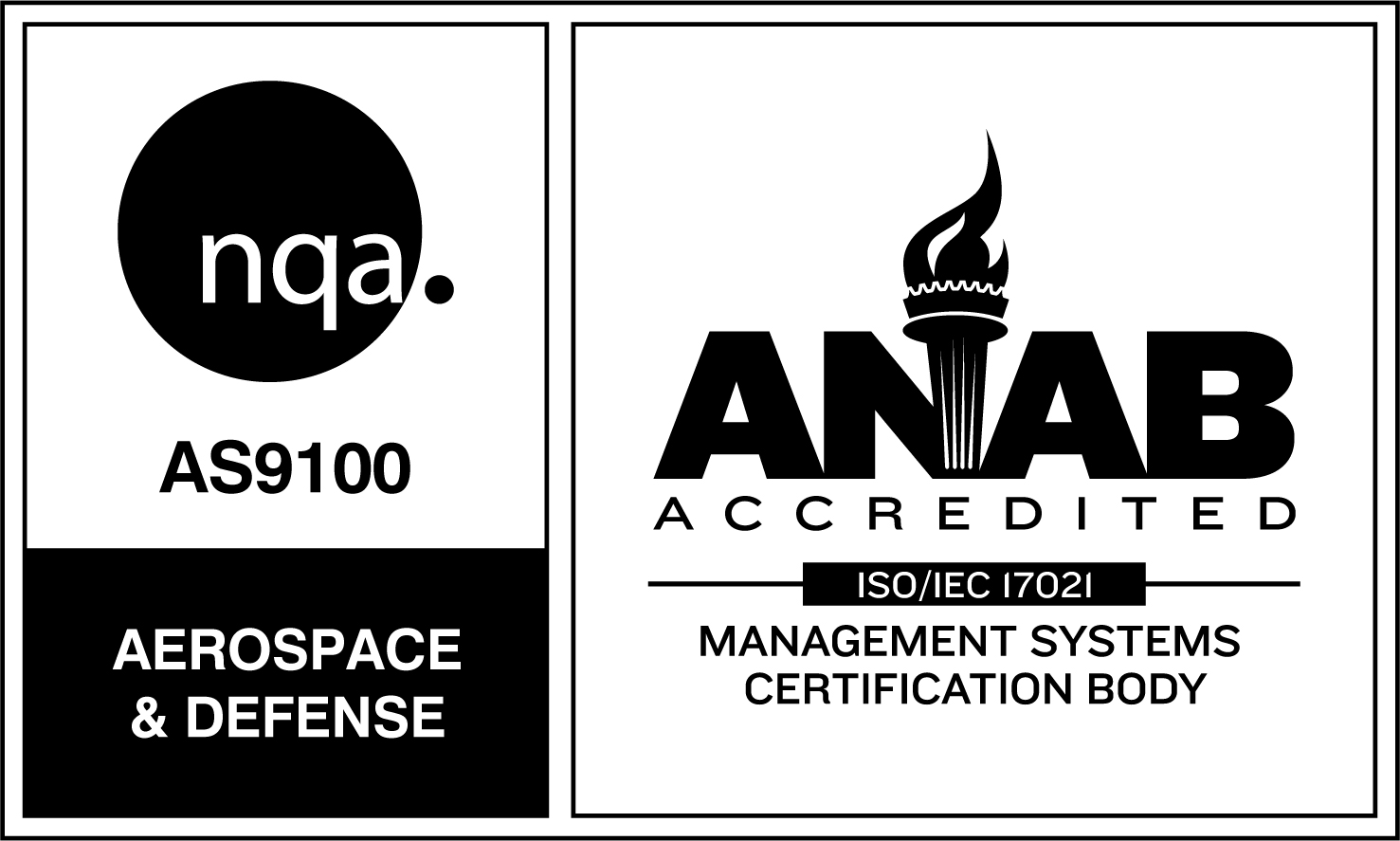Additive manufacturing techniques, also known as 3D printing, have captured the imaginations of engineers and designers in every industry. With the right industrial-scale printer, an incredibly complex part can be produced as a single component. With the right design, the results can be stronger, lighter, and more efficient to produce than conventional manufacturing processes like brazing. But 3D printing has significant limits.
The 3D printing advantages
At Thermal-Vac we handle plenty of components manufactured outside our facilities and sent to us for brazing, heat treating, plating, or other finishing work. We anticipate components constructed using 3D printing techniques to become increasingly common in our work, as technology improves to the point where even the most demanding customers are satisfied with printed components’ strength and reliability.
Additive manufacturing brings many advantages to the manufacturing world:
- Easy prototyping. At the design phase, the option to rapidly produce a functional prototype of a part gives engineers and designers unprecedented access to physical models of their ideas.
- Access to exotic structures. Because parts are built all at once, engineers can use weight- and cost-saving geometries that conventional machining simply can’t produce.
- Efficiency. Unlike injection molding and machining, 3D printing can produce a part with sufficient precision to avoid wasting materials. The process can also be relatively fast, especially if conventional methods would require the construction of a specialized mold.
- Strength and weight. For engineers, a printed component’s strength and weight advantages can be a big draw. These advantages come from the exotic structures as well as the ability to produce a component from a single part instead of multiple joined parts.
Why brazing still matters, and will continue to matter
Despite the advantages of 3D printing, its limitations are significant. For many applications, conventional manufacturing approaches are still superior to additive methods. There are several reasons this is true:
- Cost. In the popular imagination, 3D printing is inexpensive because its raw material is plastic, and it does not require custom molds, expensive machining tools, and other high-cost items. From this viewpoint, brazing can appear quite costly, especially if specialized processes like vacuum brazing are necessary to achieve desired results. But in the industrial world, plastic rarely will deliver the kind of performance manufacturers require. 3D printing using metals can achieve extraordinary results, even with exotic materials like titanium or Cobalt-Chrome. But because those materials first need to be in powder form, the cost of printing with them can be huge compared to conventional methods.
- Size matters. A component’s size is another important driver of cost. When a part is small enough to fit in the palm of your hand, it might be feasible to produce it with additive techniques. But few printers can handle the sort of size required to produce industrial-scale products. Instead, the printer might need to produce separate components that still need to be joined, raising questions about whether the strength advantages of 3D printing can be preserved.
- So you want strength? A properly brazed joint can be stronger than the materials it joins. For critical applications like medical implants or components for aerospace or defense equipment, brazing delivers time-tested, reliable strength.
- Complexity is no problem. A brazing shop that knows what it’s doing can join multiple components of a part in a single process, sometimes using a technique called step brazing to accommodate distinct heat requirements in a single part. Brazing can also join components of different materials—two alloys with distinct chemical characteristics, ceramics and metals, and so forth—something 3D printing cannot deliver.
Thermal-Vac is Southern California’s brazing leader
From our start in the 1980s, Thermal-Vac has grown its business by embracing new technologies. We’re excited about the vast potential of additive manufacturing, and we look forward to exploring it as a potential solution for the challenges our customers face. At the same time, we think brazing will remain an essential process for delivering the kind of results our customers expect. To learn more about Thermal-Vac and how we can help your business achieve better manufacturing results, give us a call.


